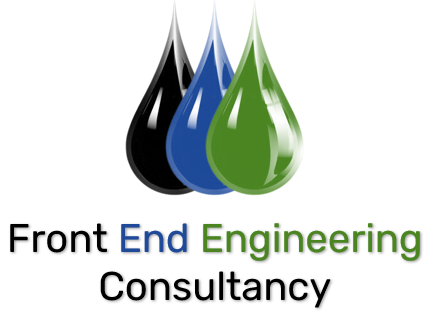The Peng-Robinson (PR) equation of state (EOS) is widely used in process simulation software like Aspen HYSYS due to its versatility and balance of simplicity and accuracy for a range of applications. Below are the reasons why it’s considered a good choice, along with the pros and cons:
Why Peng-Robinson is a good choice in HYSYS:
- Applicable to a wide range of systems: The PR EOS is suitable for both non-polar and slightly polar substances, such as hydrocarbons, which makes it highly relevant for petrochemical and natural gas processing.
- Accuracy in vapor-liquid equilibrium (VLE) calculations: It is effective at predicting phase behavior, especially vapor-liquid equilibria, which are critical for design and optimization of separation processes like distillation and gas processing.
- Good for gas and liquid phase calculations: The Peng-Robinson model handles both liquid and vapor phases reasonably well, which is important in mixed-phase systems encountered in pipelines and separator vessels.
- Moderate computational requirements: PR EOS is computationally less expensive compared to more complex models like cubic-plus-association (CPA) or polar models, making it efficient for process simulations that involve many units or large systems.
- Widely used in industry: As it has become a standard model in the oil and gas industry, using it in HYSYS aligns with industry best practices, providing consistency across simulations and ease of comparison with historical data.
Pros of Peng-Robinson Equation of State:
- Simplicity: Being a cubic EOS, the PR equation is simpler to implement and solve than more complex models like activity coefficient models (e.g., NRTL, Wilson).
- Good prediction for hydrocarbons: It provides reasonable accuracy for hydrocarbons and other similar compounds, which are common in the petrochemical and natural gas industries.
- Handles a range of temperatures and pressures: PR is effective across a wide range of operating conditions, particularly at high pressures, where ideal gas laws break down.
- Phase behavior prediction: The PR EOS can predict phase equilibria reasonably well, which is essential in distillation, extraction, and refrigeration processes.
- Compatibility with HYSYS: The model is built into HYSYS, making it easy to apply in a wide range of standard flowsheeting and process engineering applications without needing extensive adjustments.
Cons of Peng-Robinson Equation of State:
- Limited accuracy for highly polar substances: The PR EOS struggles with highly polar compounds (e.g., water, alcohols, acids). For these substances, activity coefficient models like NRTL or UNIQUAC might be more accurate.
- Inaccurate near the critical point: PR has limitations when modeling behavior near the critical point, where phase behavior can be highly complex.
- Not ideal for liquid-liquid equilibrium (LLE): The Peng-Robinson EOS is less reliable for predicting liquid-liquid equilibria, so it’s less effective in systems where two immiscible liquid phases exist.
- Limited for strongly associating fluids: Fluids with strong intermolecular forces, such as hydrogen bonding (e.g., water or alcohols), are not well-represented by the PR model.
- Not as accurate for non-hydrocarbon systems: For systems that involve a significant number of non-hydrocarbon components or where polar interactions are critical, PR EOS may yield less accurate results compared to models like Soave-Redlich-Kwong (SRK) or polar EOS models.
Conclusion:
Peng-Robinson EOS strikes a good balance between complexity and applicability for many industrial processes, especially in oil, gas, and petrochemical industries. It is a good overall equation of state to use in HYSYS due to its widespread acceptance, ease of use, and reasonable accuracy for hydrocarbon systems. However, for more polar, associating, or non-hydrocarbon systems, other models may be more appropriate depending on the specific requirements of the simulation.
#processengineering #simulation #HYSYS #PengRobinson #engineeringtips #oilgas #petrochemical



